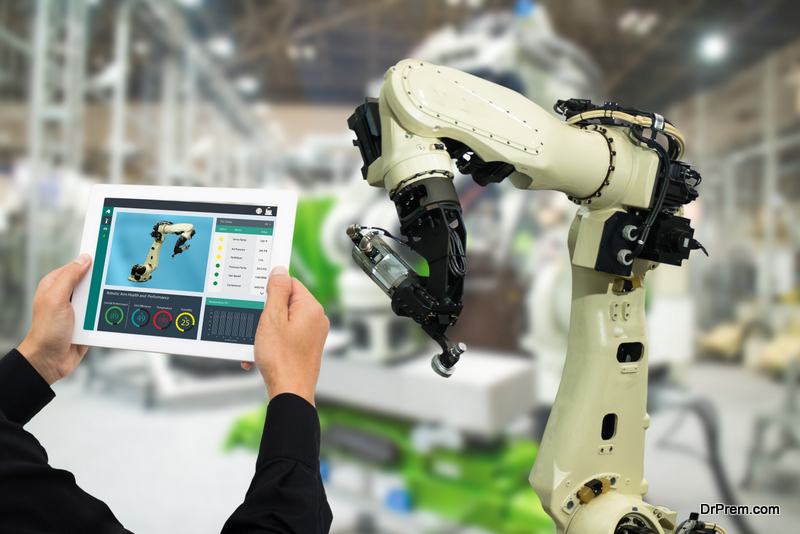Investing in robotic automation is a decision that requires careful analysis because of the initial cost involved and the return on investment considerations. If you are new to robotic automation, one of the key questions you will probably ask yourself is – why?
Why invest in robots when the process has been working so far? What are the benefits of robots? What problems will they solve and does investing in robots make sense economically?
To help answer these questions, below are several reasons that will help show you how essential robots can be to the success of your business irrespective of industry.
1. Collaborative robots will address your business’s most pressing issues

Collaborative robots are designed to solve or address some of the critical problems that businesses face. Some of those issues include:
- Floor space
- The quality and consistency of the product
- Throughput and productivity
- Increasing labor costs and shortages
- Product and process waste
- Safety
With regards to floor space, a collaborative robot arm occupies minimal space, and it can be mounted anywhere – including the ceiling and the walls. As more businesses struggle with floor space due to rent, a robot will help eliminate the need for the floor space in the first place.
When it comes to quality and consistency; a robot can work 24 hours a day, 7 days a week without losing concentration or producing low-quality work due to fatigue. As a result, the quality and consistency of the product is the same throughout.
Increased throughput and productivity is arguably the most beneficial reason for adopting robots. A good way to show this is via an example. Early this year, the February 2019 issue of Design World published a Robot Report that examined the role Universal Robots played in boosting the capacity of a Swedish Machine Shop—FT Produktion.
According to the report, collaborative robot arms by Universal Robots helped save 500 hours during the manufacture of a series of 150,000 parts. One cannot argue with such numbers when it comes to productivity.
Regarding labor shortages, collaborative robots will fill in labor shortage gap while reducing the ever-increasing labor costs because they do not need to be paid.
Finally, robots help reduce product and process waste, thanks to their efficiency. Robots make minimal errors which means the loss of raw materials due to human error is zero.
2. Robotic automation facilitates traceability

Robots capture massive amounts of data during production for a future thorough analysis of the production processes. Examples of data collected include real-time images, maintenance records, the speed of a certain process such as picking and placing, and errors.
The data allows a business to trace any issues in the production chain and come up with the required improvements.
Moreover, the data can play a key role in helping the business to come with future innovative solutions especially if the business decides to combine the data with emerging technologies such as AI, machine learning and big data.
Such innovations will play a key role in increasing production levels and by extension, profitability.
3. Robotic automation has a high ROI

Before, when only industrial robots were available in the market, it was difficult to justify robotic automation because the return on investment could take years.
However, the advent of collaborative robots ensured that a business could invest in robotic automation and within a year, see a return on investment. A key reason this is possible is that collaborative robots are less costly compared to industrial robots.
As of 2018, the average cost of a cobot arm ranged from $25,000 to $60,000. That means that even SMEs can now afford to adopt robots without breaking the bank. Moreover, because of the relatively low initial cost, businesses enjoy a faster ROI.
Aside from the cost, the increased throughput and productivity (as discussed above) helps accelerate the ROI.
Final thoughts
The time has never been better to invest in robotic automation. One, robots can now fit in almost all industries. Second, robotic automation is the future and starting early can only be of benefit.
Article Submitted By Community Writer




